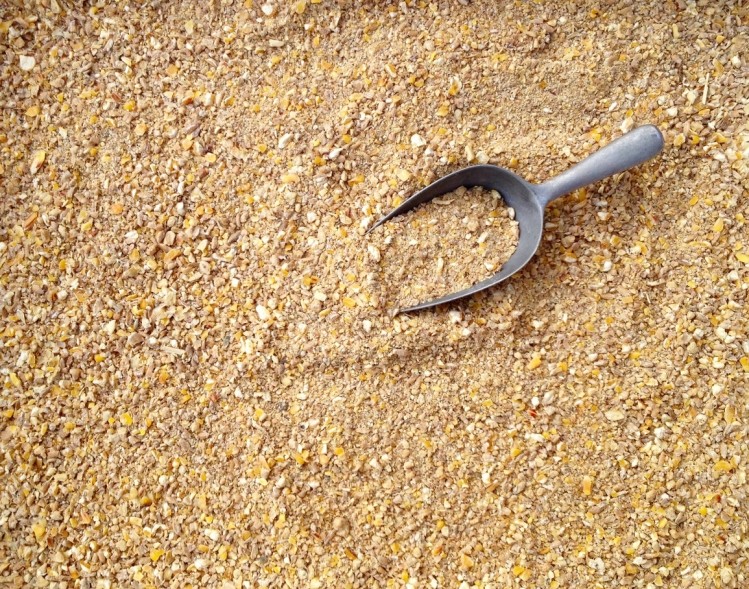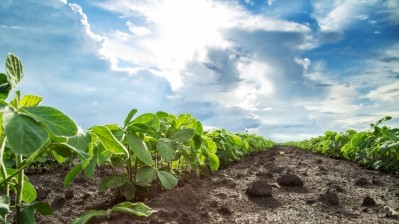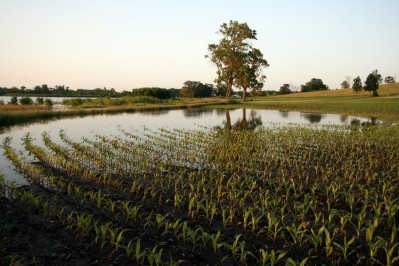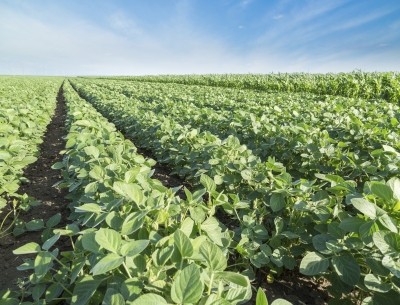US: Hike in corn yields may be one factor in lagging harvest

Details of the crop maturity and harvest pace were released late Monday by the US Department of Agriculture (USDA).
However, even with the lag in harvest, the corn crop is not expected to see many challenges from weather conditions, said Chad Hart, associate professor of economics, crop markets specialist and extension economist at Iowa State University.
“It’s not a great concern,” he told FeedNavigator regarding the weather. “It’s cold, but it’s dry that means producers are still moving. A good week and this crop is in, there’s not as much concern about that here.”
Corn pacing
The pace of corn production continues to drag behind both what was seen last year and the multi-year average for the 18 states responsible for the majority of the crop, said the USDA.
Last year about 92% of the crop had been collected by this point in time, and on average 91% has been, the department said. This year about 83% of the crop has been harvested.
States that are behind the schedule set last year and on average include Colorado, Illinois, Indiana, Iowa, Kansas, Kentucky, Minnesota, Missouri, Nebraska, North Dakota, Ohio, Pennsylvania, South Dakota, Tennessee, Texas and Wisconsin, said the department. However, North Carolina has completed its corn harvest.
The schedule for corn production may be off for several reasons, said Hart. “It is behind schedule – it’s partially behind due to weather and partially because of what we saw [in the crop yield numbers] – it turned out to be a little bigger than expected and that takes longer to bring in,” he added.
Although there were concerns about crop yields in some parts of the Midwest from dry weather during the growing season, abundant moisture when crops were started helped generate an abundant crop, he said. There has been record production in some parts of the southern Corn Belt.
Crop yields overall were better than expected, he said. “From a production perspective, farmers are very happy,” he added.
However, while a bump in yield last year helped offset the drop in prices for feed crop producers, this year has been more of a struggle for producers, he said.
“Cash prices weakened more than they did last year, so the returns don’t feel as good as they did last year,” said Hart. “The teeter-totter prices are down more than yields are up – this was more of a challenge for them this year and they didn’t see quite as many opportunities to pre-market this crop.”
Soybean production
Soy production also is reaching end stages of the harvest period, said the USDA. However, it too lags slightly behind the pace set in previous years.
Currently, about 93% of the crop has been harvested, down from the average 95% that has been collected by this point in recent years and the 96% that was collected by this point last year, the department said.
States that are lagging behind the production pace set last year include, Arkansas, Illinois, Indiana, Kansas, Kentucky, Mississippi, Missouri, North Carolina, Ohio, Tennessee and Wisconsin, the department said. However, a few states, including Louisiana and Minnesota, have already completed their harvests.
However, planting of the winter wheat crop is slightly ahead of last year schedule and in keeping with the multi-year average, said the USDA.
About 84% of the winter wheat crop planted has already emerged, the department said. Last year at this time, about 83% of the crop had sprouted.












